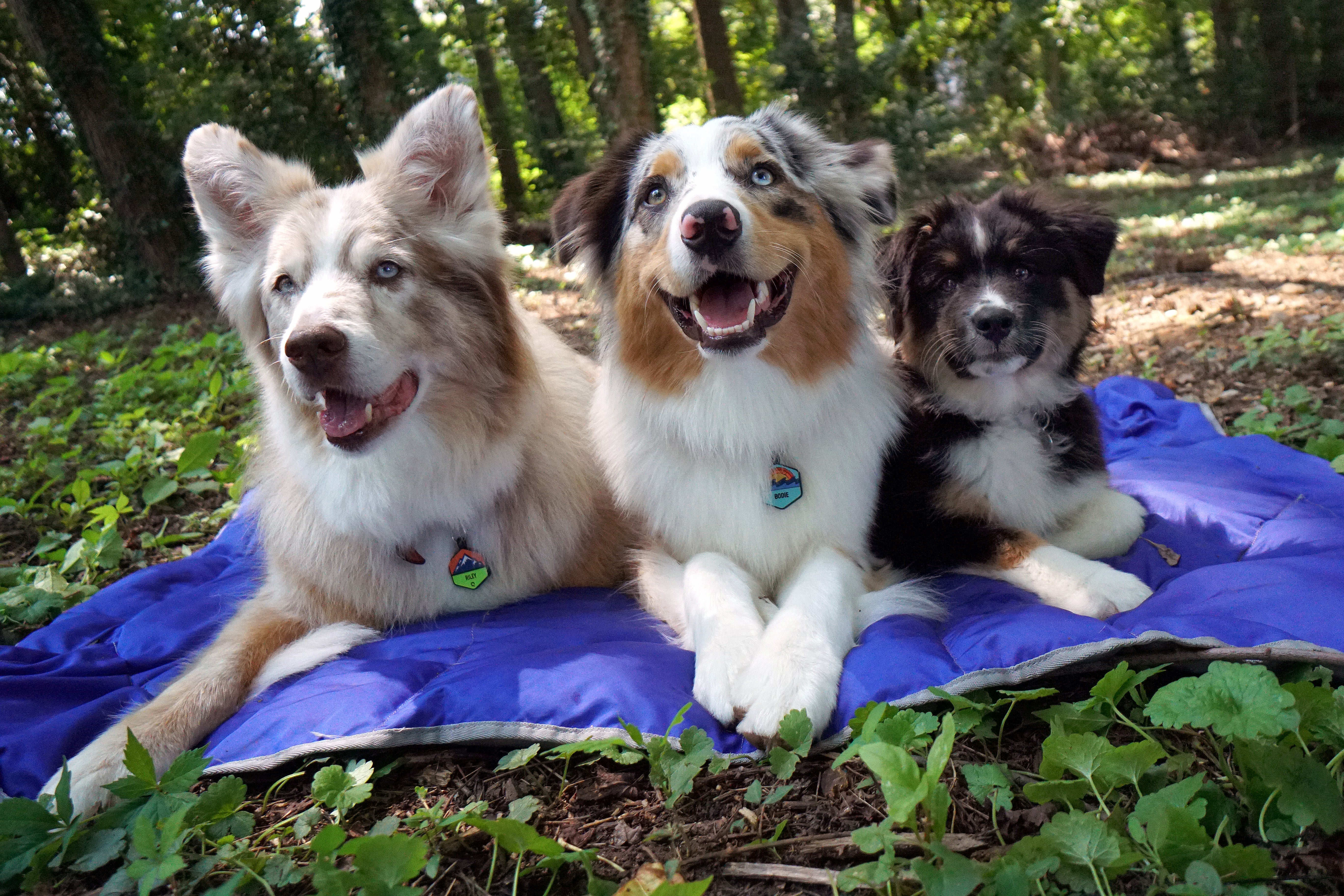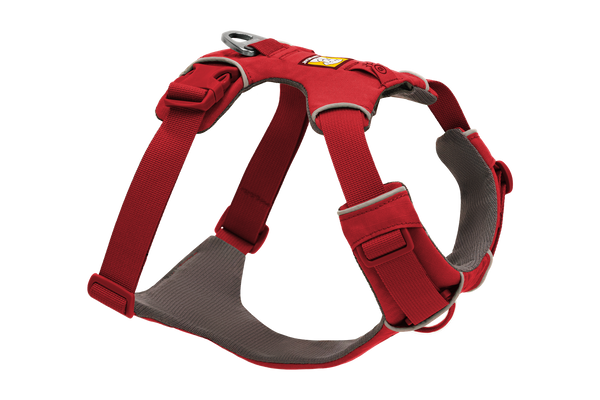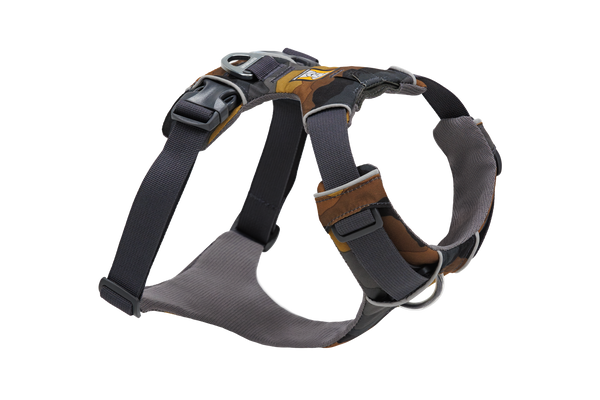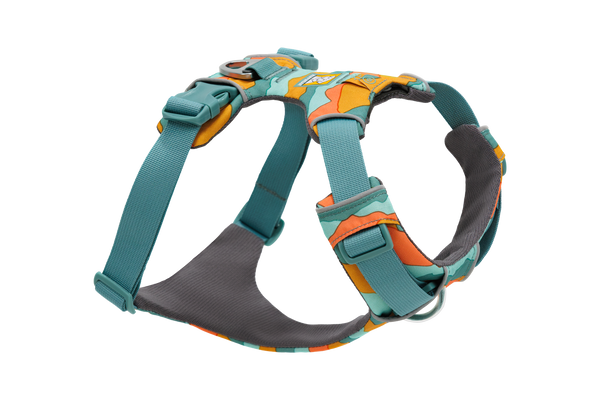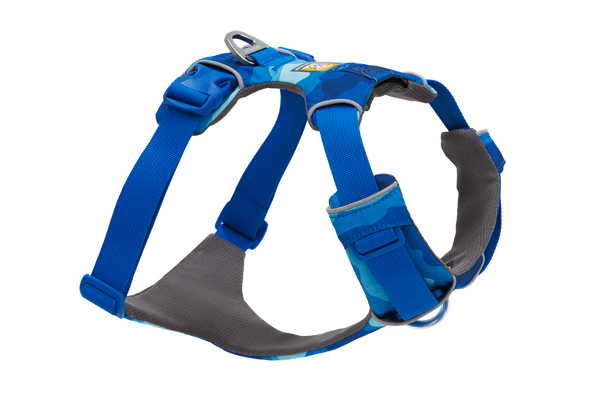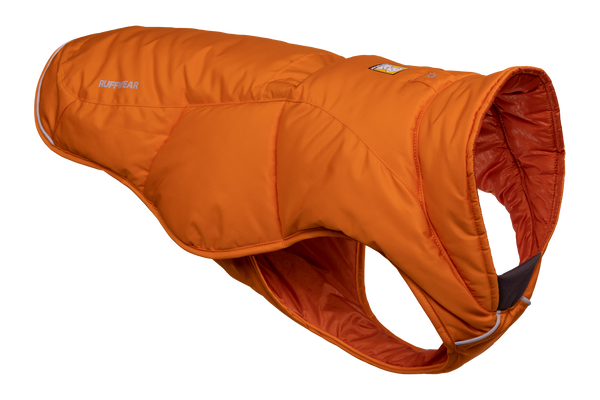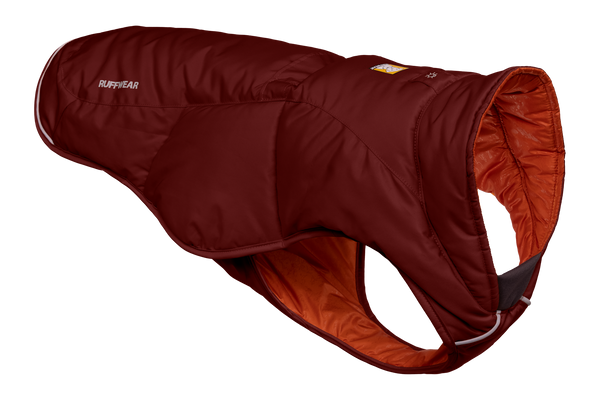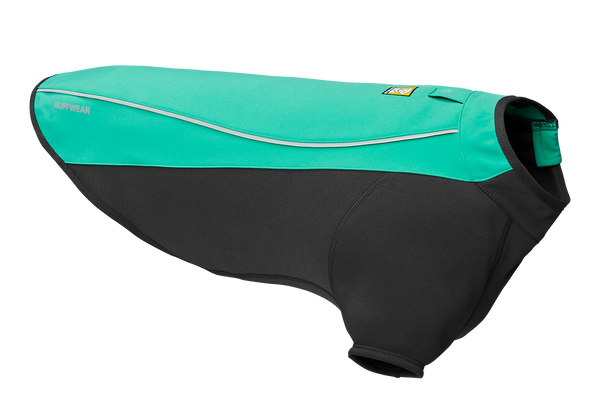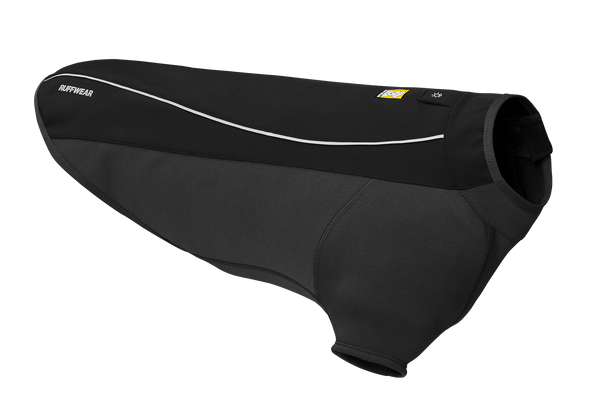How a Pandemic Can Help You Socialize Your Adventure Puppy
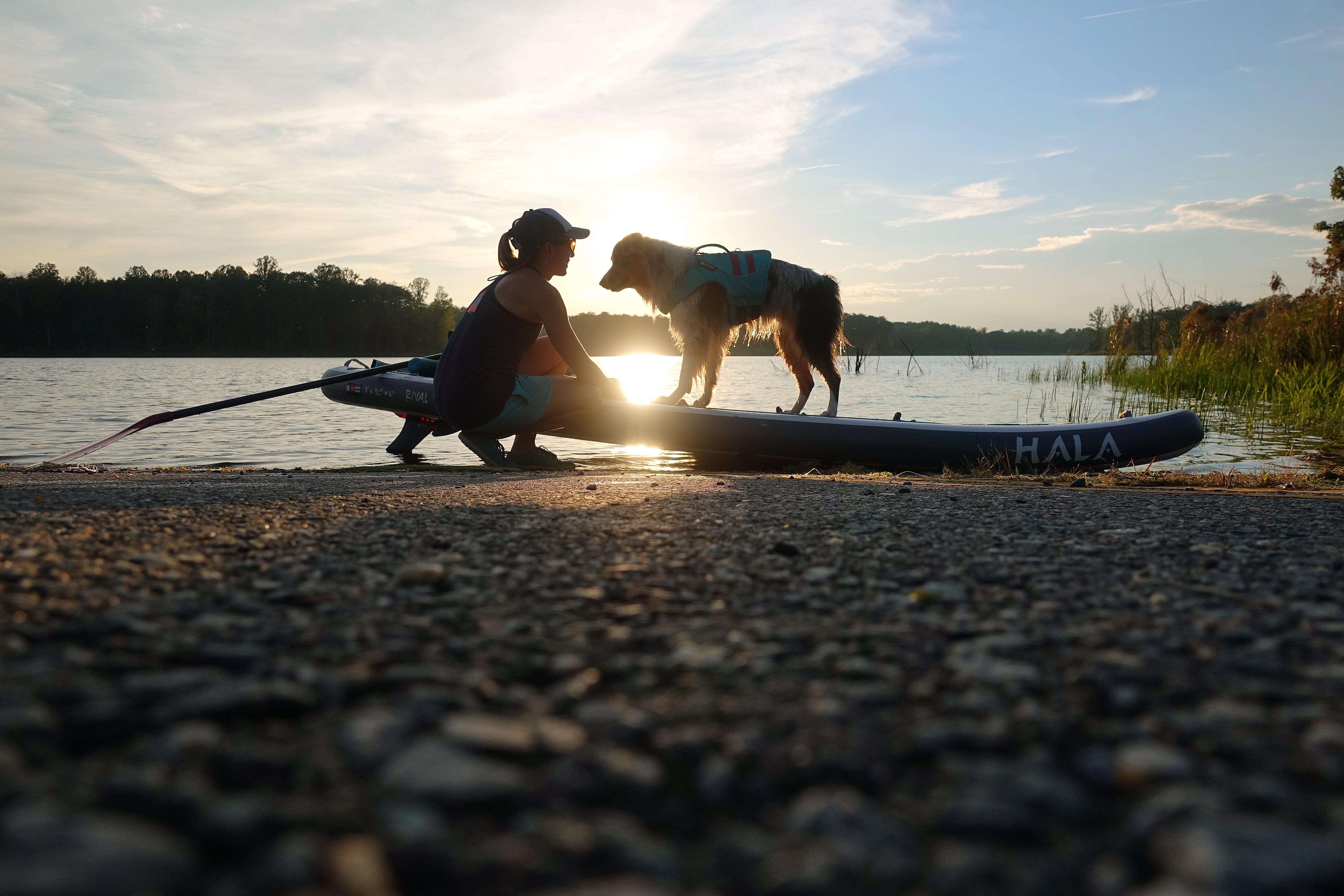
Photos Contributed by dog trainer and Ruffwear Ambassador Maria Christina Schultz
I knew last fall that if Bodie’s training was where I wanted it to be, I could add another female to our pack again. I really wanted Bodie to have a buddy similar in age, so they could join me and keep up with each other on our adventures. I also missed having a best gal to pal around with!
I’m so excited to introduce Willow! She’s incredibly sweet, adventurous, and well-mannered, and she’s already keeping “wild child” Bodie in line.
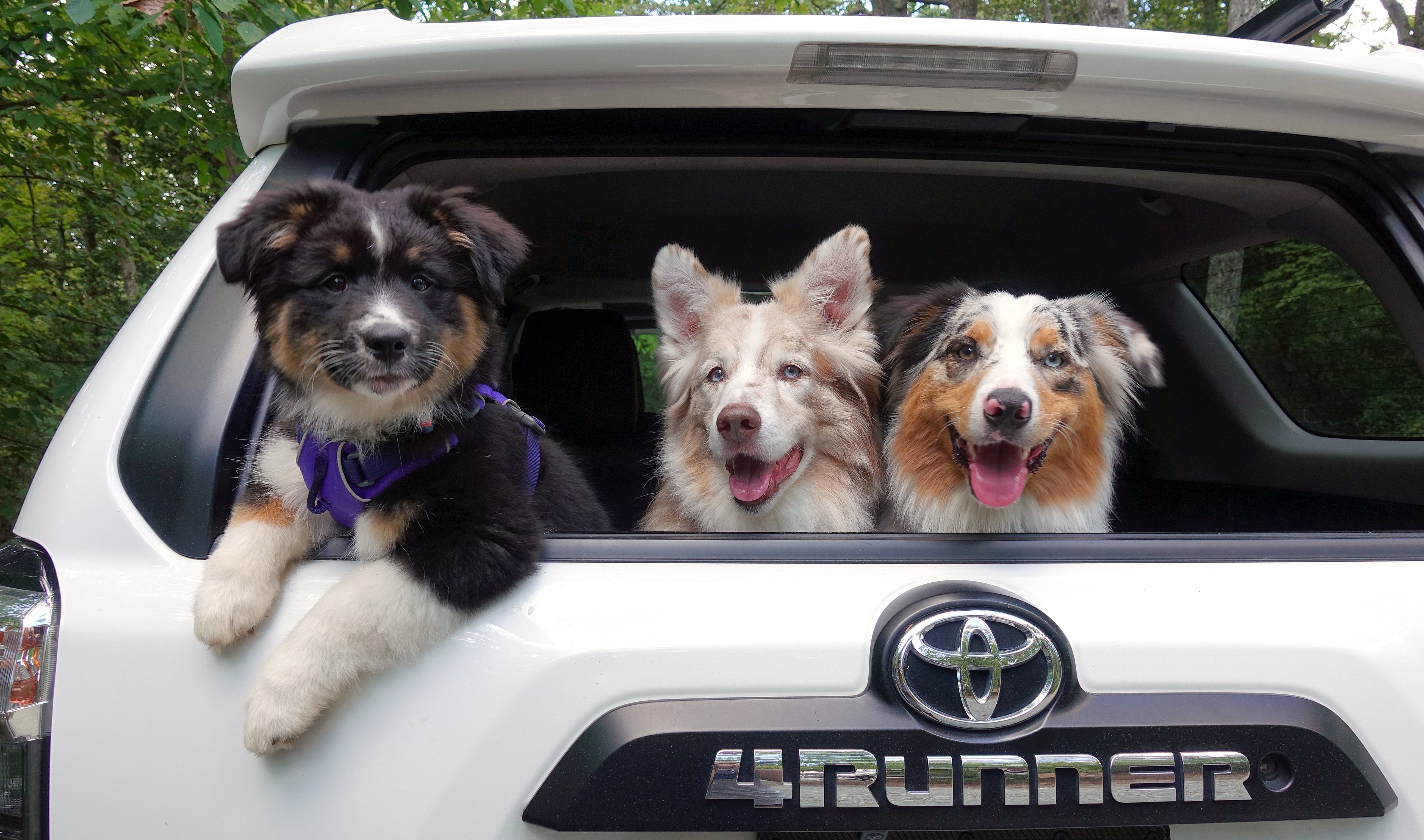
Was I worried about getting my next puppy during the pandemic due to the limitations placed on socializing? Nope, not at all! Believe it or not, interaction is not required to properly socialize a puppy. This is even more true for an adventure dog in the making. A puppy can learn a lot about the world by just seeing it, noting it, and moving on.
Here’s my theory on socializing puppies and how I’ve incorporated it into what I’ve been doing with Willow for the past few weeks.
Basically, socializing is the act of making someone behave in a way that is acceptable to their society. Most people think that socializing a dog means letting their pups play and interact with other dogs. While this is true and, in most cases, a good idea, it’s only one piece of the socializing puzzle. In order to be confident and navigate the human landscape, a dog, preferably between the ages of eight and twelve weeks, needs to be constantly exposed to a variety of sights, sounds, people, environments, and situations.
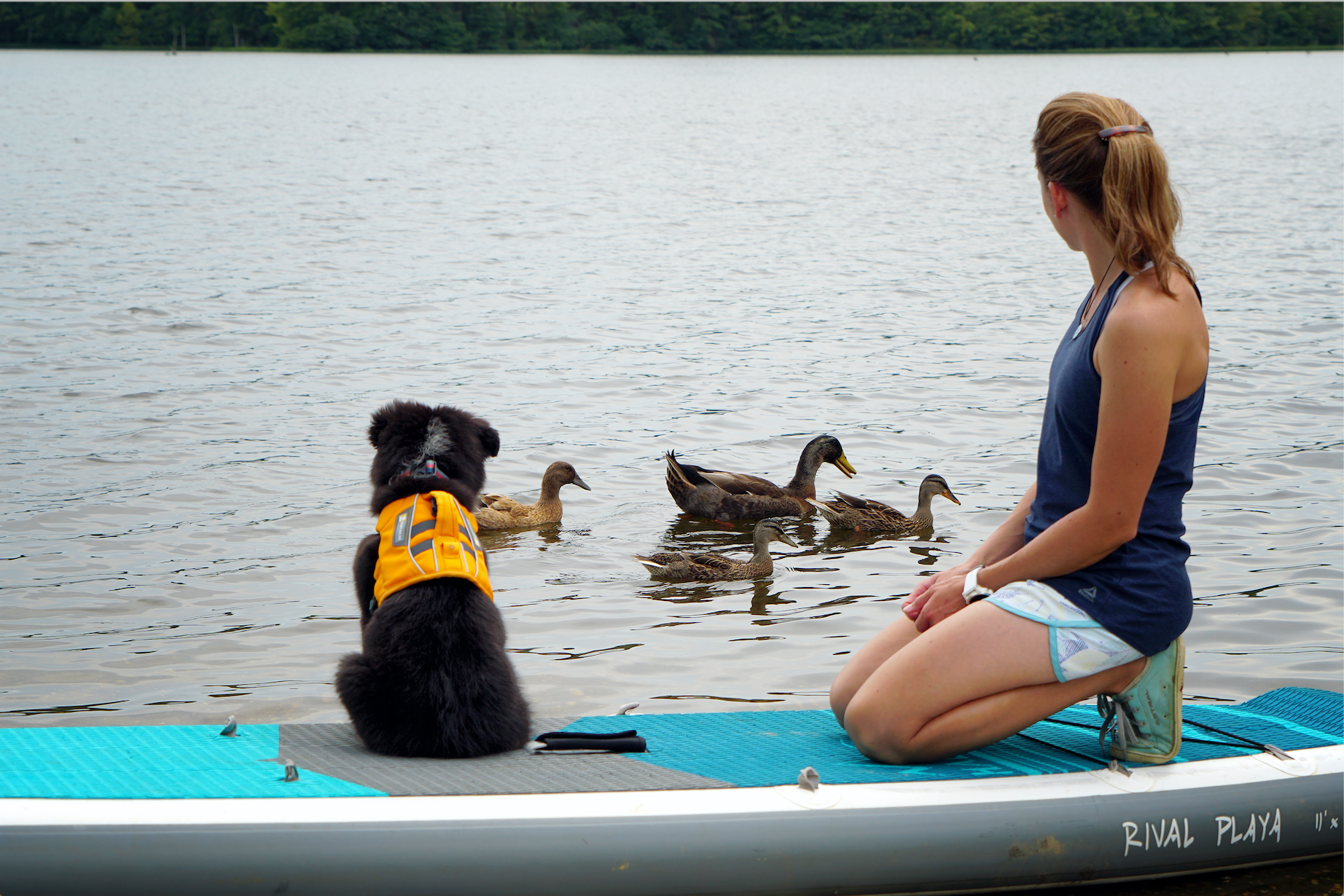
The goal is to have the novelty effect of new stuff – and the craziness that comes with it – wear off. The more your dog goes out and experiences, the less new-and-exciting things seem. One of the biggest mistakes we make is allowing our dogs to interact with everything. Puppies simply need to be exposed to, not necessarily interact with, things in order to feel confident around them.
Here’s how I like to look at it. I want my dogs to be confident but not have an overwhelming desire to interact with everything they see. For example, most hikers don’t want to be approached by dogs on trails. A mountain biker wouldn’t be happy if your dog made him crash. And you most certainly don’t want your adventure companion feeling the need to play with scary – or stinky – wildlife.
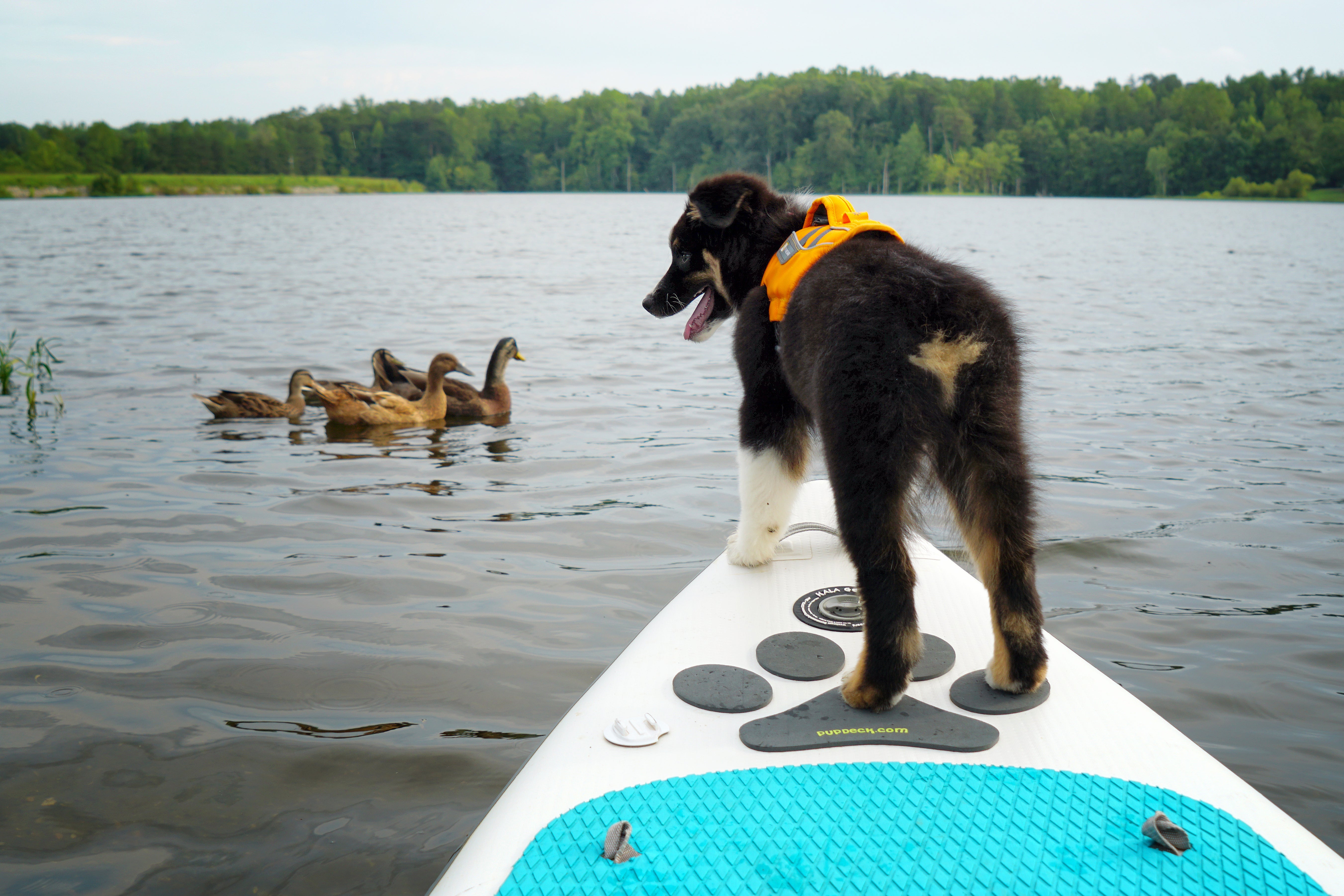
When I take Willow for a socializing outing, I don’t let everyone we come across greet her. It’s hard to turn people away, especially in the face of such heart-wrenching cuteness, but this is an important concept I need my dogs to understand. In time, I allow them to greet people but only when I give the OK.
Simply being around other people, dogs, bikers, and wildlife, and learning to not engage, is an awesome skill to encourage at a young age. And the absolute beauty of this time of COVID-19 we’re living in, with its six-foot social distancing requirement, is that it’s perfect for socializing a puppy.
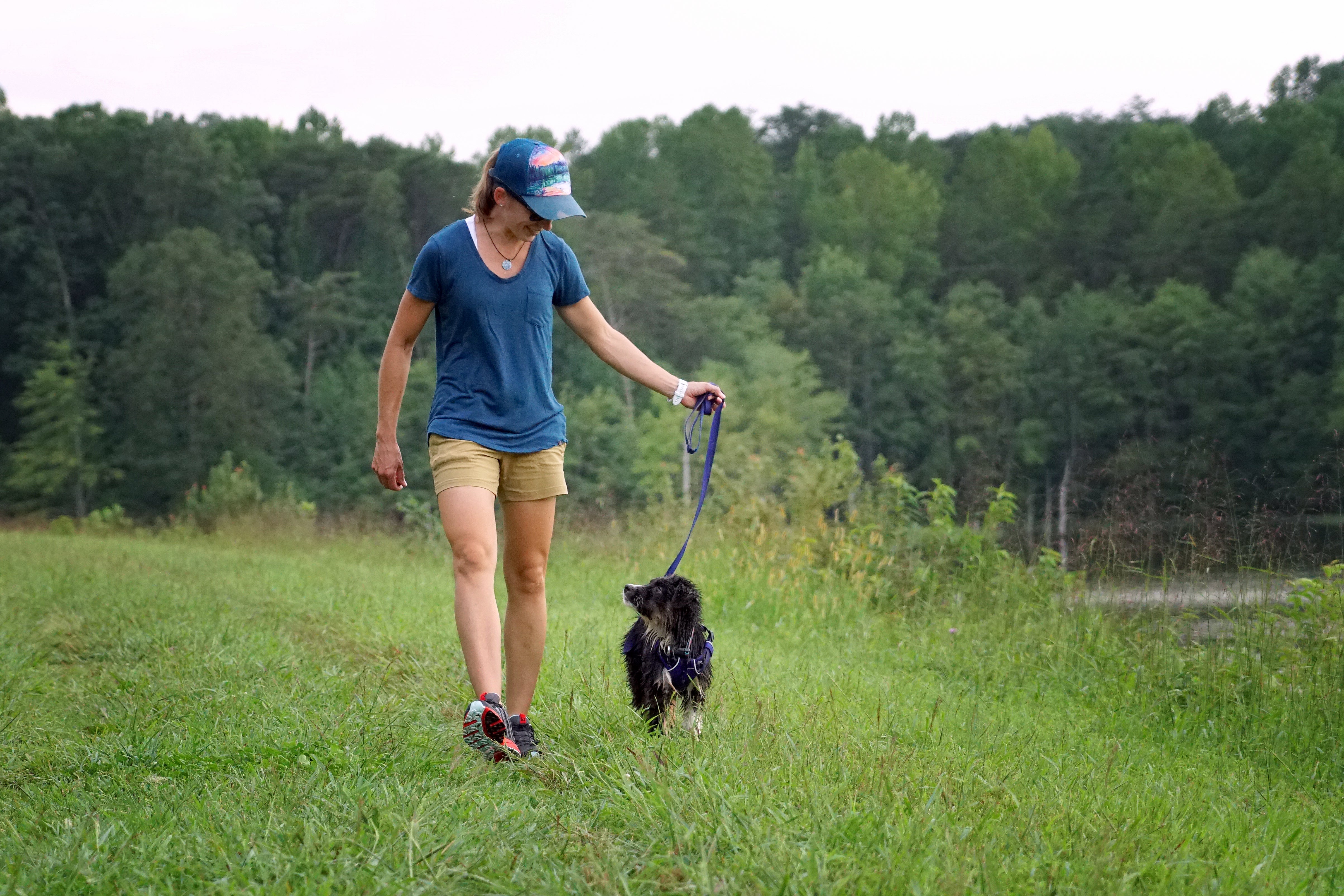
I do a lot of work with my dogs in stores and urban environments, so it’s also important to sprinkle in some adventure-specific social skills. Here are some of my best tips for getting your puppy adventure-ready:
Have your puppies wear things. Everything from harnesses and collars to coats and little PFDs. I want my dogs to get used to the feeling of having something on their bodies. With adventure dogs, backpacks, boots and PFDs will be part of life, so why not introduce them early on?
Get them acquainted with equipment. I want my dogs to light up at the sight of bikes, paddleboards, kayaks, etc. So right from the start, we practice being around the gear with lots of positive reinforcement.
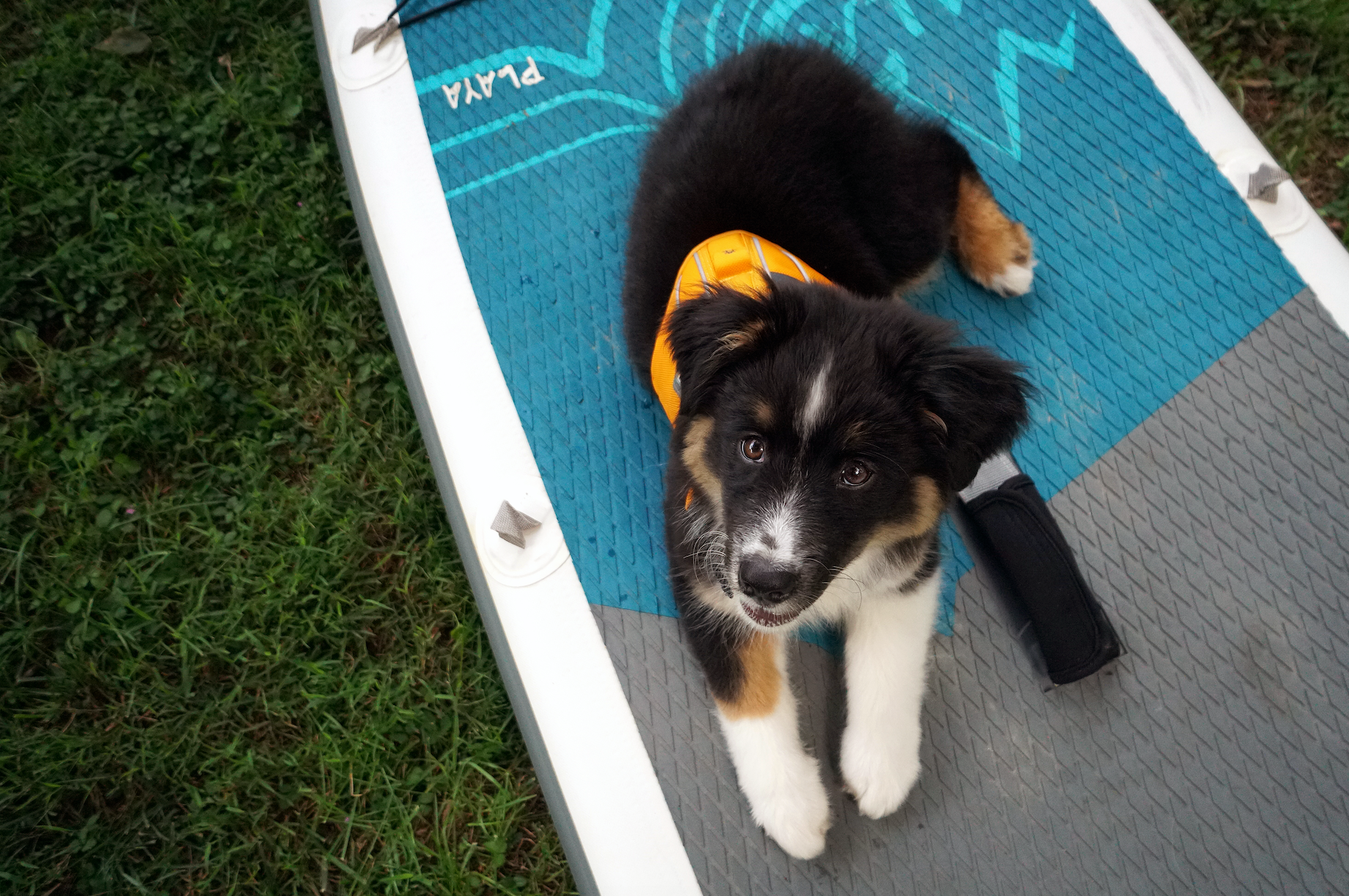
Let them know that unstable surfaces can be OK. Not every dog is a natural athlete, and not every puppy has great balance. I like to encourage my dogs to walk on a variety of surfaces between the ages of eight and twelve weeks. I look for sand, thick patches of grass, mulch, gravel, water, even small boulders – anything they can safely climb over. This helps build balance and confidence early on. Note: Don’t let your puppy jump off of objects. Compression is really bad for developing growth plates.
Instill that being carried, and handled, is not a bad thing. In the event my dog gets injured on a trail, I need to be able to carry her to safety. On our walks, I’ll randomly pick her up and carry her, just so she gets used to it. It’s an exercise that also builds trust.
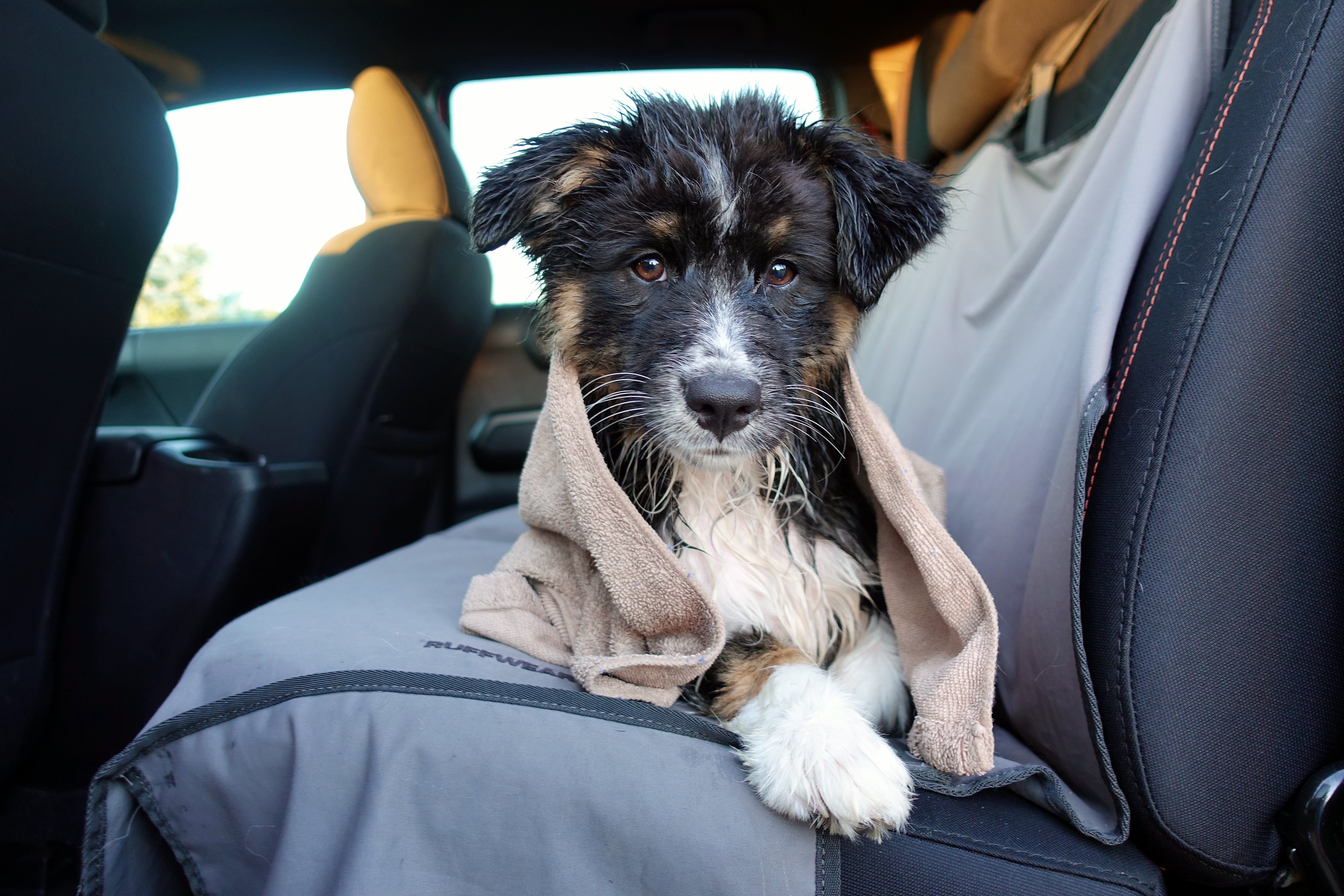
Don’t forget the sounds of nature. Thunder, crickets, whitewater, and rain on a tent fly. Sounds make up a great deal of socializing. Think about what your puppy is hearing when you’re out and about and how she’s reacting. If it starts thundering, go out on your porch for a quick training session so your puppy learns it’s no big deal.
In conclusion, don’t let the pandemic stop you from getting a puppy or taking him – or her – out to see the world. Social distancing can work in your favor. It’s a great premise for helping your new adventure dog understand boundaries and gain confidence at the same time.
